Mountaineering Mental Preparation: Getting Your Mind Right
“Whether you think you can, or you think you can’t, you’re right.” —Henry Ford
Picture this… you’re on a long, uphill slog on the mountain of your dreams where you are gaining 2,000 feet and all you can think is, When is this ever going to end? This is so hard, I am so tired, I cannot take this anymore. You’ve just begun your trek to the next base camp and these negative thoughts are on constant replay in your head and you can’t snap out of it. How are you going to make it through the day with such negative thoughts and a bad attitude? Here are some of the best tips and mental guidance that have worked for me, plus advice from other mountaineers that I can’t wait to put to the test.
Negative thoughts will wear you down more than the physical exertion of climbing a mountain. Your thoughts create emotions, and emotions create feelings that you have to deal with. Emotions run the show more than we like to admit… in climbing and in life. Many a veteran mountaineer says the greatest challenges are mental. This could be one of mountaineering’s greatest appeals.
Motivation: You are capable of more than you imagine
What brought you out here to begin with? Why do you like to climb mountains, to hike the long trails, or to go through the trouble to train for things like this in the first place? Is it money, fame, family history, peakbagging goals, exploration, competition, inspiration, or self-discovery? Your reason is unique to you, and this is your driving force to tap into when the going gets tough. I enjoy and respect the beauty and wild nature of the outdoors. When I come back to the core of why I’m out here, the hard part melts away. I also have goals, and these motivate me to make time in my life to repeatedly climb mountains and train. I enjoy having something to think about and work toward.
Setting your intentions creates your reality
Your focus shouldn’t be on the negative. What are you aiming for on this particular climb? Your plan is to stand atop summit X by day Y. How are you going to get there? Bring your focus back to your original intentions for this climb. When you need to dig deep to get through that uphill push, don’t think about the gloom and doom. Focus on your footwork, try climbing in perfect balance, try achieving a mind/body cohesion. Some climbers count their steps before they look up again. Tell yourself you can take another sip in 50 steps, or when I’ve gone 20 steps I can stop and look up for a moment. This gives you something immediate to focus on to help you get through a challenging section. Let your mind wander—what’s that thing you have to look forward to back home, reminisce on a great experience, think of a scene from your favorite movie, sing a favorite song. At each break have something to look forward to; you are going to hydrate, you get to snack on your favorite food. By breaking up the endeavor you can separate it into achievable parts.
Positive mind-set: You can climb that mountain
Maintain a positive attitude and blend optimism with pragmatism. Your goal of reaching the summit is achievable because you’ve put in all the hard physical training prior to your climb. Your attitude most definitely determines your altitude. Keep a calm, clear mind and realistically gauge your circumstances and the environment. Just like a long-distance hike, 80 percent of this experience is mental.
Embrace the suck
The fact of the matter is that alpine climbing hurts; like, really hurts. Physical suffering is a profound fact of alpine climbing and by embarking on an expedition into the high mountains you are aware of the suffering you are about to endure. It’s hard to breathe, you have no appetite, water can be hard to come by, you are going to be cold, wet, sore, tired, sick of walking around in those crampons in that snow, among many other things (like the screaming barfies… look it up), but it’s all part of experiencing nature in the raw.
Embrace the suck and take in all the beauty the mountains have to offer. You love the mountains, right? That’s hopefully one of the reasons you’re out here climbing. Have your goal of summit X fixed firmly in your mind even though there will be suffering to accomplish it. You are out there with your friends, sharing priceless memories. What could be better?
Pranayama practice
When you notice anxiety and stress take over, you are losing touch with what is happening in the present moment. Go back to the most basic and essential activity of life and just breathe, relax in your breath, and connect to your body. Yogis say that it is through the breath that we are able to navigate different levels of consciousness, which has a biological effect on our mental, emotional, and physical state. Be conscious of your breathing as you are climbing and know how to control it when you notice shallow breaths. Your brain and your cells need every oxygen molecule you can supply them with at high altitudes, so inhale and exhale with intention and you’ll find yourself refreshed and energized.
Mindfulness, meditation, and mantras
Being mindful on a climb really means to be fully present, aware of where you are, what you’re doing, and not succumb to the overwhelming surroundings. This allows us to reduce stress, enhance our performance, and gain insight into our own mind. By practicing mindful meditation on training hikes you find a way to be comfortable in your own head for long periods of time. Realize that there is no right or wrong way to think in a given moment. You could call your climb a walking meditation where you start by paying attention to each step you make. Receive each thought and feeling as you notice it, but don’t judge it, just accept it and move forward to other thoughts. This act can be very calming, since our body has internal rhythms that help it relax if we give it a chance. You can also create a personal mantra to use when having a tough time that will keep you strong and motivated. I use “Slow and steady wins the race.” Other climbers use “One step at a time,” or “Put one foot in front of the other.” These mantras can get you out of a slump, give you energy, and make the uphills fun again.
Visualization: The ability to see what you believe
Envision yourself on the summit. Imagine the cold, thin air and the great effort it took you to get there. Visualization opens us up to an invisible world that is ours to create at will. We can imagine our worst fears taking place, and our heart may start pounding out of anxiety. Or we can imagine, instead, the experience of a smooth summit push or climb up to high camp, and our heart may start pounding out of joy. Which feels better? This just proves how visualization has a profound effect on the body.
Ascend, descend, transcend
Transcendence is a culmination of all these mental tips into one philosophy. The entire time you are pushing through a climb you are surpassing anything you have ever done before. It’s that feeling of confidence from your experiences, self-discipline, and mastery, even in the face of uncertainty. Transcendence incorporates motivation, emotion, fear, ego, concentration, flow, self-reliance, and judgment all into one majestic act; the act of climbing a mountain.

In the end you have to make up your mind that you want it; the summit, the long days, the hard days, the weather. You have to want to climb, you have to want to train. Do it for yourself. Stick to a plan; this fundamentally respects yourself. Be internally strong and focused. You are more likely to succeed this way. Your physical training has the power to reinforce your mental focus.
As Lao Tzu, the great Chinese philosopher said, “Do the difficult things while they are easy and do the great things while they are small. A journey of a thousand miles must begin with a single step.” Realize that this mental training takes practice, just like the physical training, and these types of things don’t happen overnight.
In the next installment, I will discuss the importance of sound judgment at altitude, and how indecisiveness and complacency have no place on a mountain. We all want to reach the summit, but we all also want to make it home alive.
This website contains affiliate links, which means The Trek may receive a percentage of any product or service you purchase using the links in the articles or advertisements. The buyer pays the same price as they would otherwise, and your purchase helps to support The Trek's ongoing goal to serve you quality backpacking advice and information. Thanks for your support!
To learn more, please visit the About This Site page.

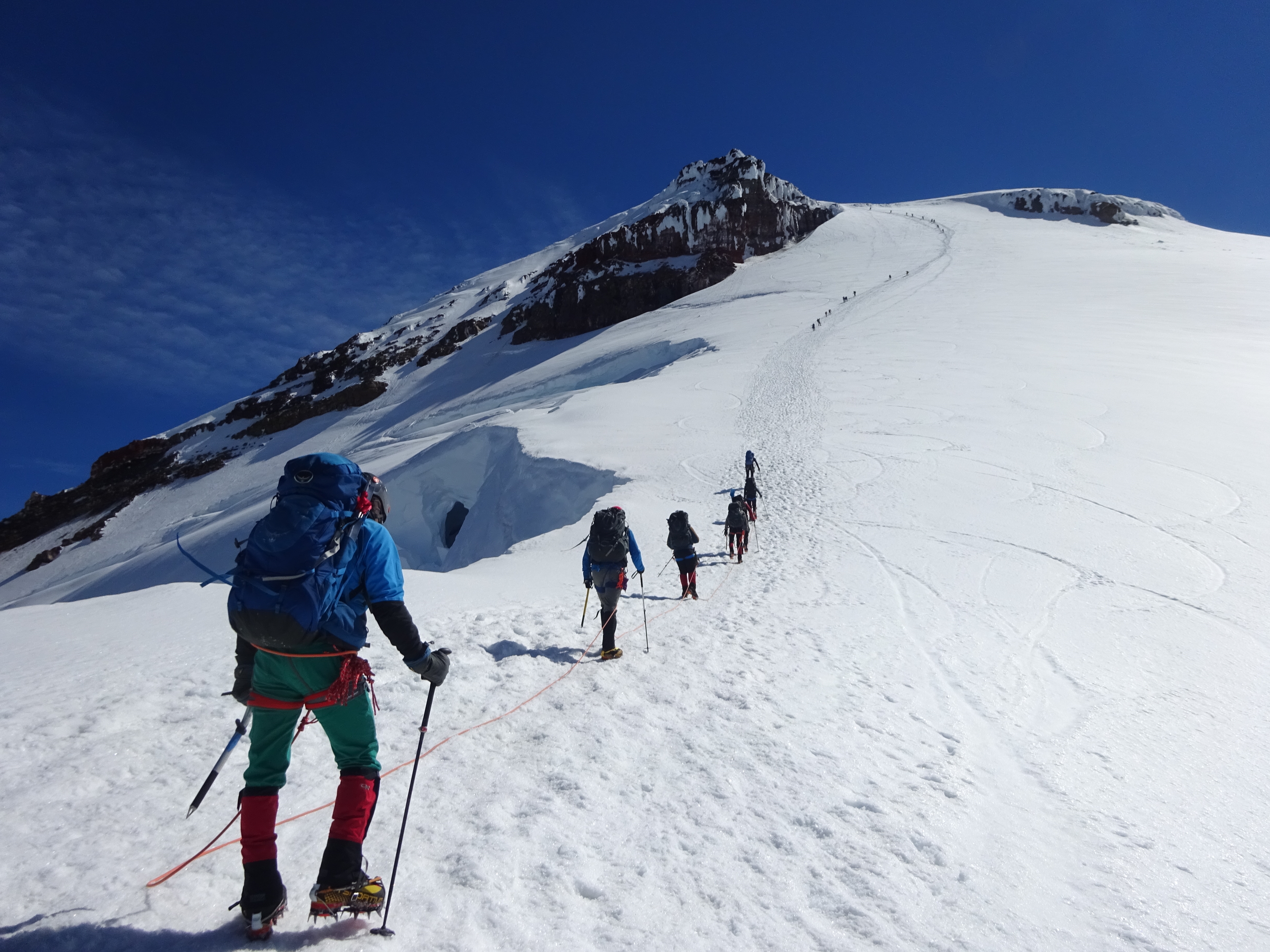
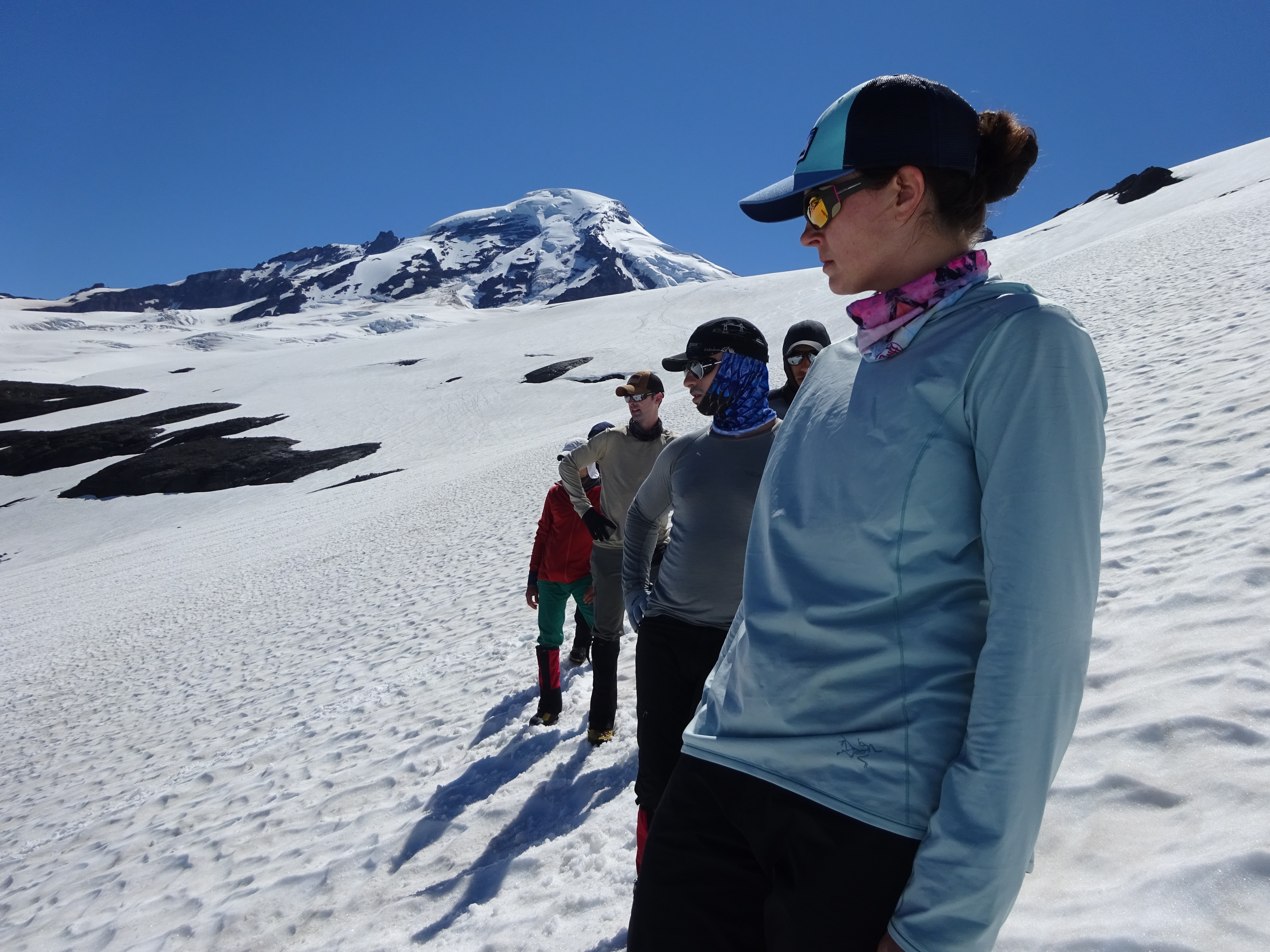

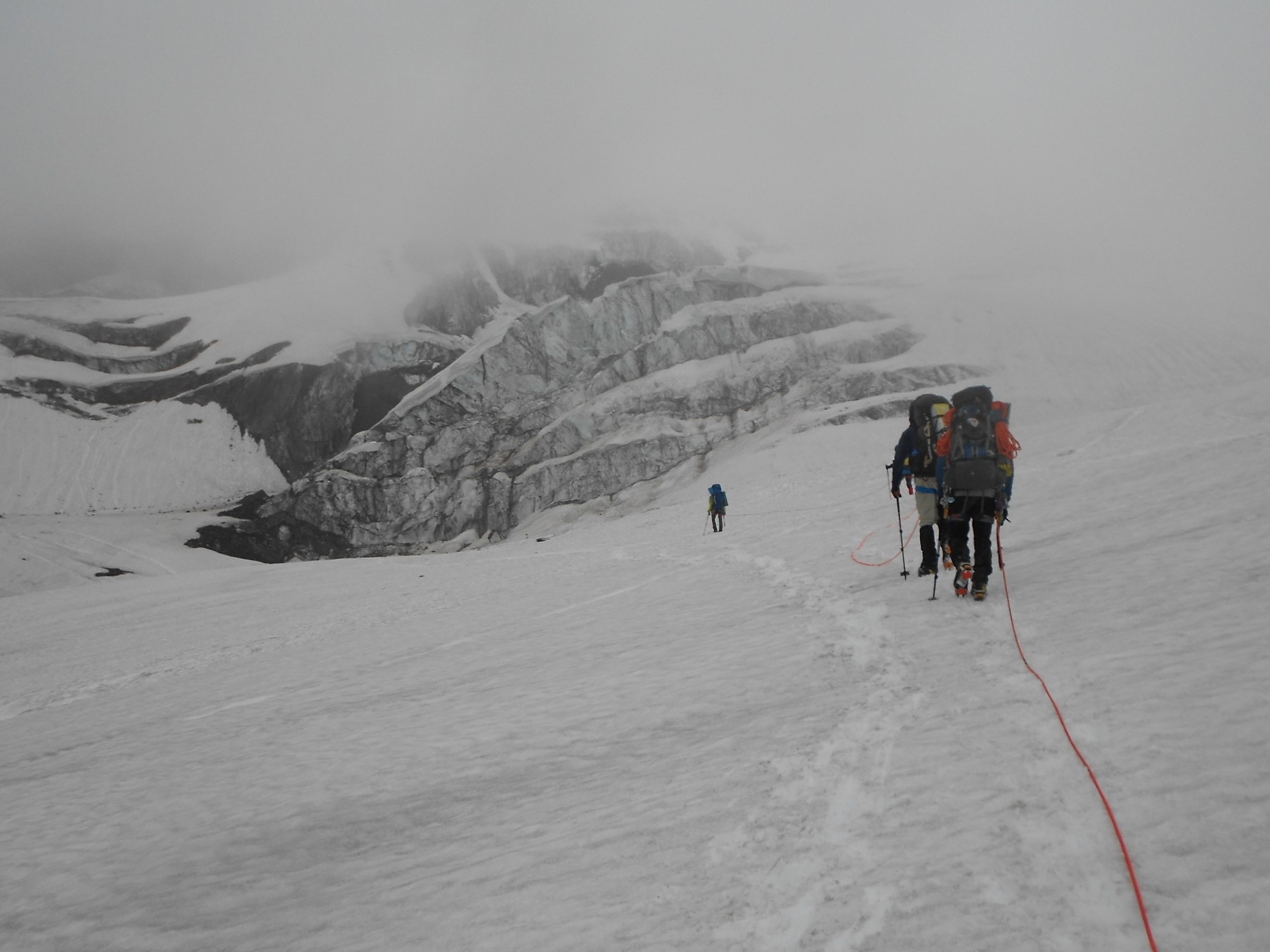
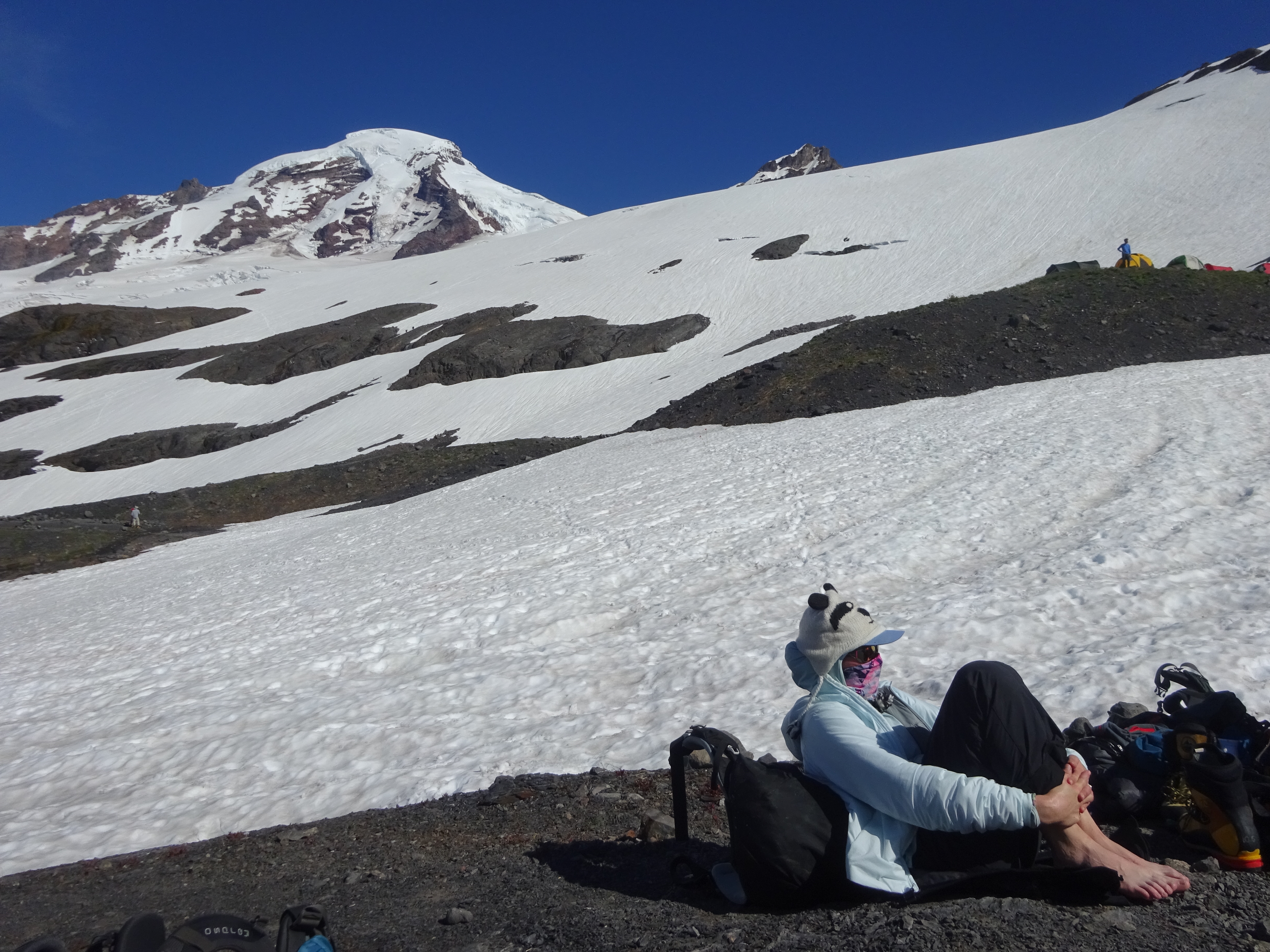
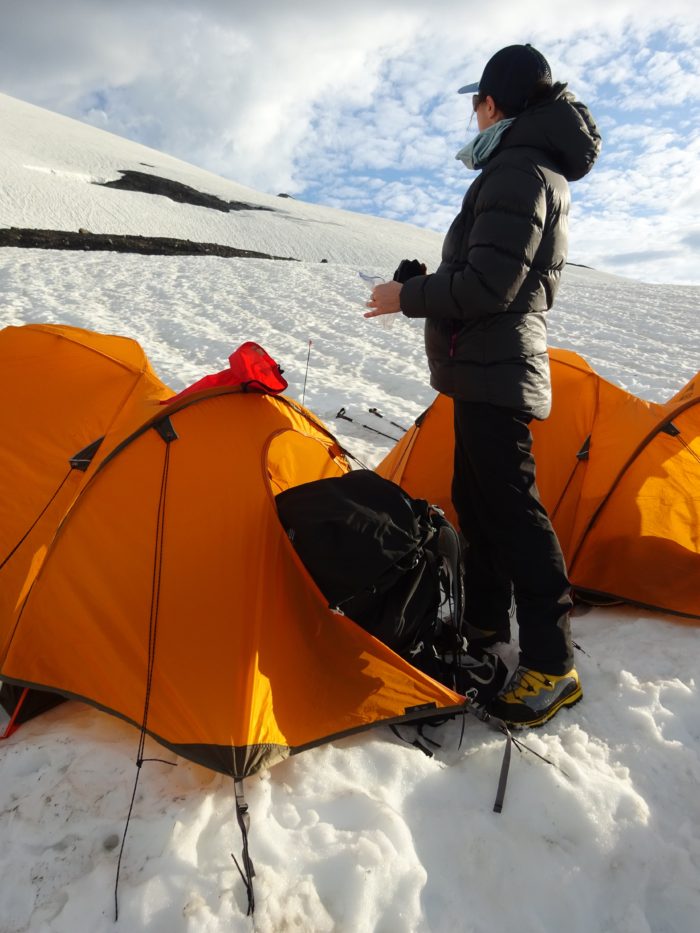
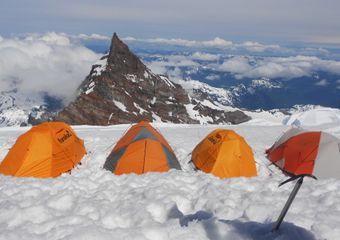


Comments 3
Excellent writing of her experience and advice to other climbers. Inspiring to other climbers.
So we can go to imvu generator and grab imvu credits.
I loved each and every word you have written. Thank you for inspiring.